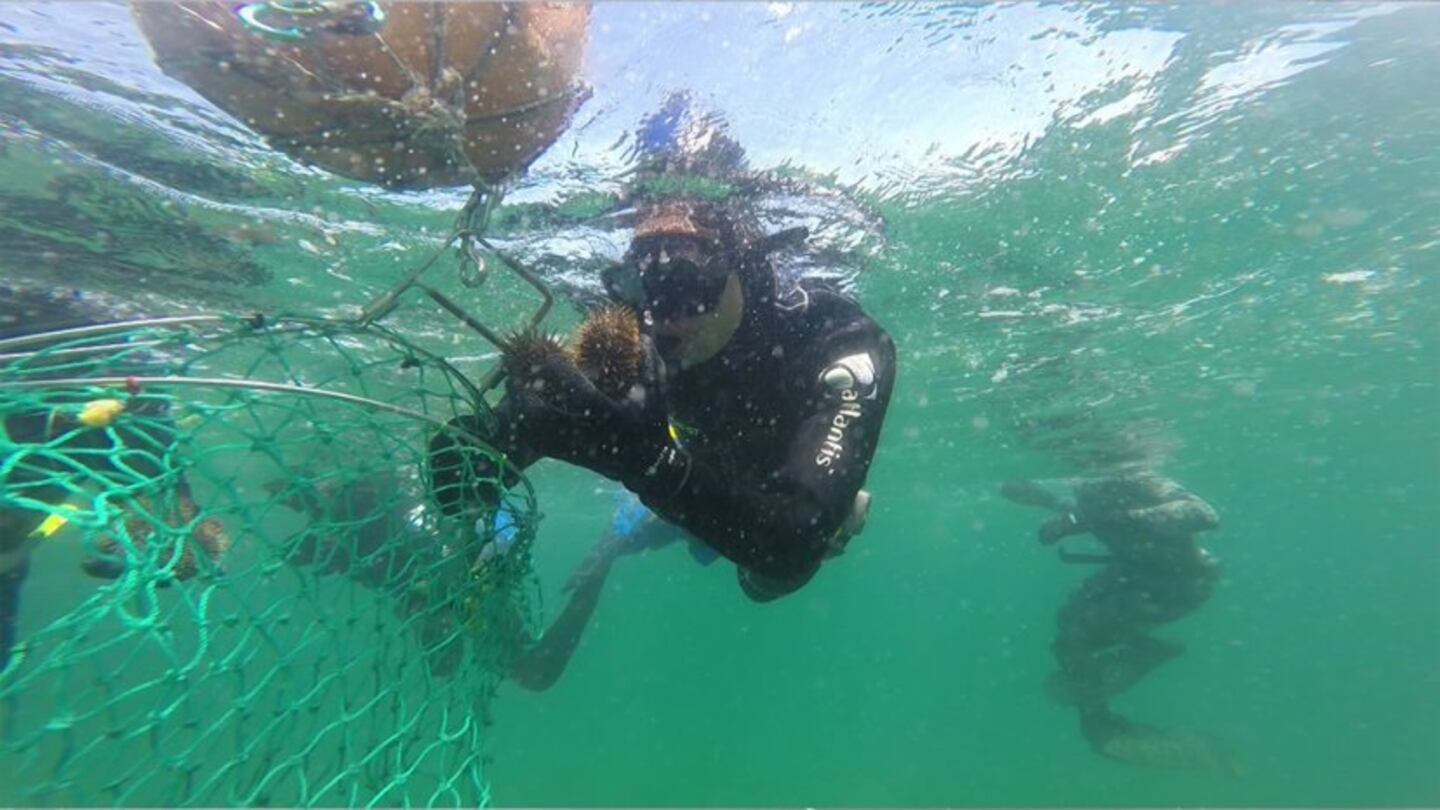Water Safety NZ and Aotearoa Dive are urging Māori gathering kaimoana this summer to be extra safe on the water.
This call comes off the back of a tragic past five weekends where there were have been five drownings one every weekend.
"Three of those drownings were Māori who were gathering kai for their whānau," says Water Safety NZ's, Rob Hewitt.
He also adds that there were six Māori who drowned last year alone while holding diving permits that allowed them to gather kai for kaupapa Māori events including tangihanga and celebrations.
Te Arawa and Ngāti Whakaue uri Renee Tapsell who is a SSI master dive instructor and owns Aotearoa Dive with more than 15 years of diving experience is encouraging whānau to look after each other.
Māori are over-represented in drowning death statistics because of the expectation of tāne to provide kai for their whānau, she says
“We are providers, particularly our tāne - to put food on the table and that's the main focus, not necessarily the safety aspect of it."
Last summer reached an all-time high since 2012 with 14 deaths between Christmas eve and January 5th last year. The total number of preventable drowning fatalities for 2021 was 90, of which 40 per cent were Māori kai gatherers.

Renee Tapsell says that in her rohe they have funding in place for their kaimahi divers and next year they are working on a plan with Water Safety NZ to create a programme based around water safety for their divers.
In light of water safety - specifically for divers - Tapsell has offered Te Ao Māori News some of her best water safety tips to practice this summer:
Always Check conditions
Assessing water conditions and when conditions are a big one, there are a couple of apps that you can download, so you can see what the weather is doing. Wind will affect the swells. So use windy.com - That's what we use, it's the most reliable. So from the comfort of your own home, if you're planning your dive, have a look on there, and see what the conditions look like. If they're a bit too rough - Best to save it for another day.
Floatation Device
Especially for the free divers - make sure you get yourself afloat. It's multi-purpose. Some of them come really fancy with straps and whatnot, but it also makes you visible in the water for passing boats and traffic. But the other thing is that you can utilize it as a flotation device. Breath holds make you tired, you kick and move with the current. So you can take breaks on there so you can do a
Invest in a DSMB
One of the biggest mistakes I see is people clipping their catch bags onto the bc (buoyancy compensator) and they utilize the bc as a lifting device. That's not a good idea. You should always keep the catch bag in your hand, so if anything was to go wrong, you can just release it really quickly. What I'd recommend though, is getting a delayed surface marker buoy or DSMB. You can shoot it up from your depth, clip your catch bag onto it and once you're at the surface or on your boat, you can just pull up the float and your catch bag will be attached.
Don't empty out your tank
Another thing we tend to see is people completely emptying the tanks don't do that for two reasons. One is because we always put safety buffers in place. always come to the surface with the 50 bar and the other one, it's a fast way to get your tank decommissioned. When you empty it completely, moister builds, and it can start to rust, so always make sure you're at a service with 50 bar.
Money should never be a barrier when it comes to safety
You don't know what you don't know. The training itself will equip you with all of those skills techniques, dive and knowledge that you need. Enrol into a course. We have had people come into our course that have been trained by non-trained divers and that's an easy way to pick up bad habits. At a professional dive outfit - You will learn physics and physiology about what happens to your body when you go under pressure. his will eliminate the rest if you already have an understanding of what not to do.

